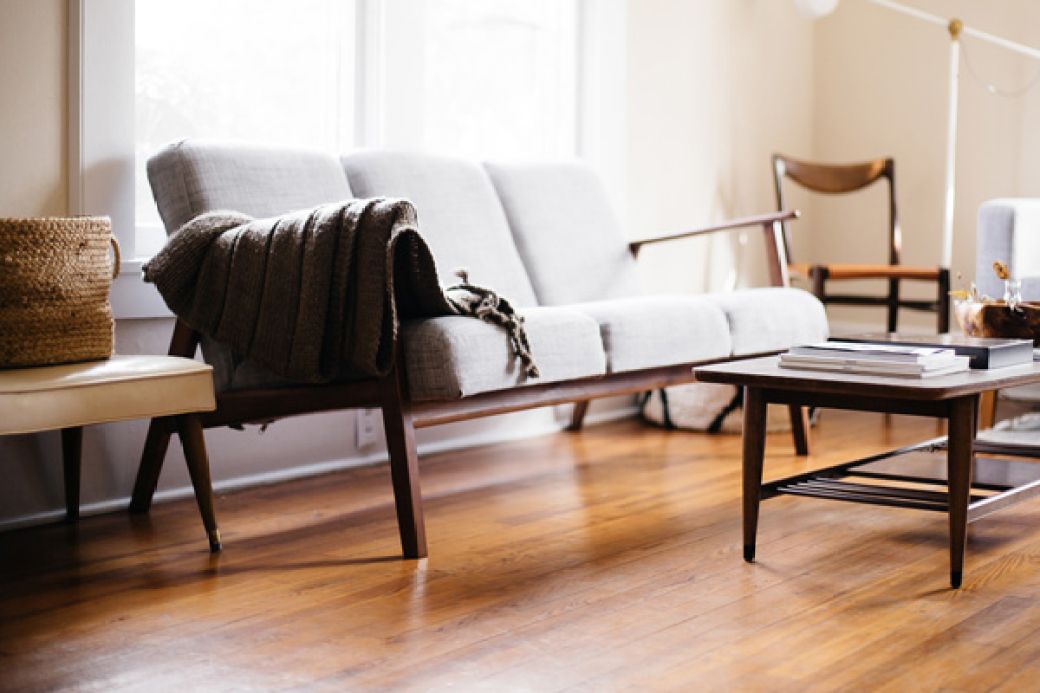If you're cold inside your home this winter, odds are it's because the heat — which you work hard to pay for — is escaping. It's rushing out through air leaks that can be difficult to find, both on the interior and exterior of your home.
So how do you figure out where you're losing air?
#1 Use Air Leak Detectors
Stand by windows and doors and feel drafts with your hand, but it's better if you can 'see' the air leaks. You can invest in a professional smoke pencil (around $35) or even a Wizard Stick, a science toy that produces fog (around $25). A thin stream of smoke or fog directed toward the window frame makes it easy to spot where the air — and your money — is going.
Outside, check the foundation for cracks and gaps, electrical outlets, and water faucets.
Make a list of where the leaks are and check out Energy Star's tips on locating air leaks for additional techniques.
#2 Do Your Own Energy Audit
It's easy to have a home energy audit done by a professional, but for DIYers, Energy.gov has a great home audit checklist, and Energy Star has the Home Energy Yardstick to help you do it yourself. This will give you an idea of where your home is and should be on the energy efficiency scale.
If you want a professional to do the job, you may qualify for state aid for the audit and repairs. Look at the Database of State Incentives for Renewables and Efficiency (DSIRE) for policies and initiatives by state that can help save you money when it comes to making your home more energy efficient.
#3 Add Weatherstripping and Spray Insulation
Plug and caulk holes caused by penetrations such as electrical outlets, and seal leaks around windows and doors using caulk and weatherstripping. Outside, use spray foam insulation to fill holes. Replace window glazing to keep the seal tight.
Fixing air leaks will make your home more energy efficient. You'll feel warmer in winter, cooler in summer, and, perhaps best of all, you'll save on monthly utility bills.
Related: 8 Easy Ways to Seal Air Leaks Around the House
